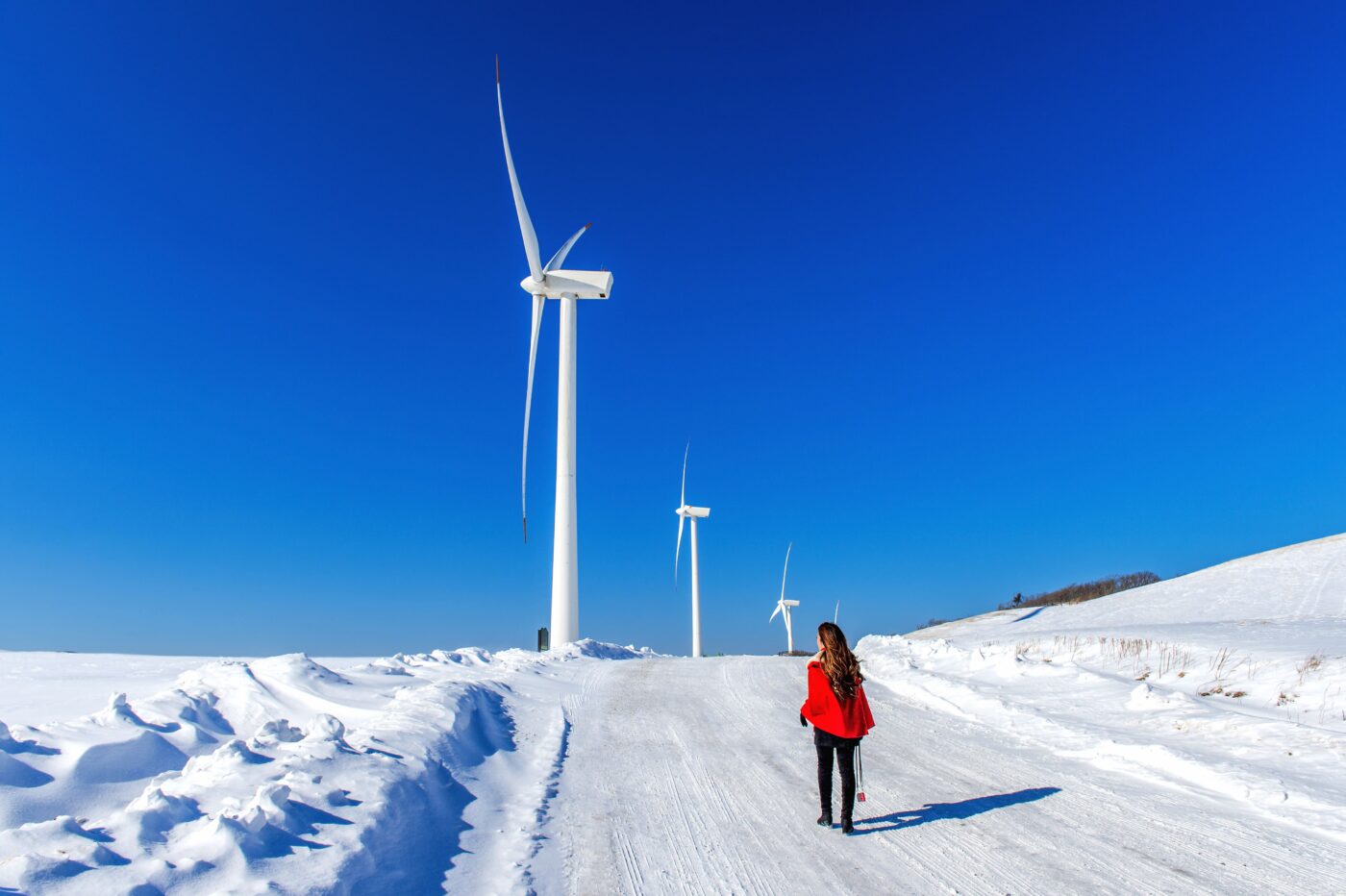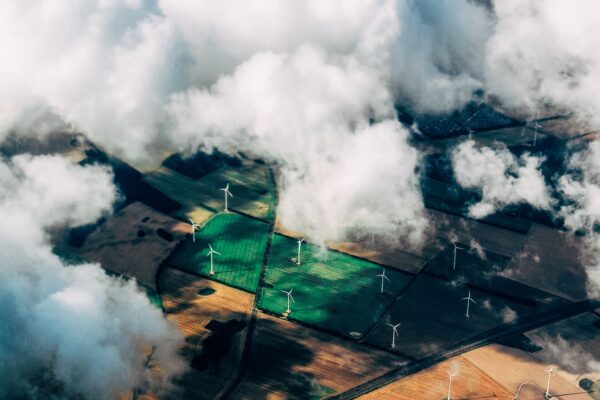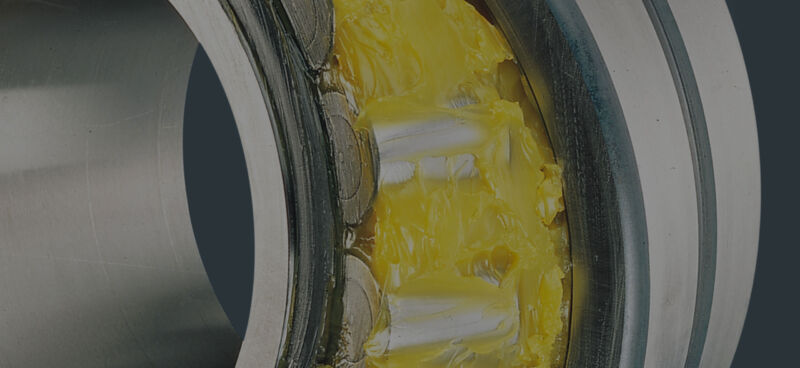Wind turbine bearings are central to the mechanical operations of the turbine. Various environmental factors can compromise their structural and functional integrity, jeopardizing the overall efficiency and longevity of the turbine itself.
Temperature extremities
One of the most common yet damaging factors affecting turbine bearings is temperature variation. When stationed in torrid zones, the lubrication risks becoming exceedingly thin. This compromises the lubricant’s efficiency, which is essential for reducing friction. On the opposite spectrum, in colder climates, the lubrication tends to thicken. This viscosity alteration can restrict smooth bearing operations, threatening the turbine’s performance.
Saltwater and humidity
Wind turbines erected along coastlines or on offshore platforms are continuously battling saltwater exposure. Over time, this exposure can lead to corrosion, severely affecting the bearing’s lifespan and operational capability. Moreover, the inherent humidity in these environments can degrade the quality of both the lubricant and the bearing metal, exacerbating the wear and tear process.
Desert challenges
A unique problem faced by turbines in desert terrains is the relentless sand and dust. These abrasive particles, carried by gusts of wind, can find their way into the bearings. This infiltration not only escalates the wear and tear but can also increase the risk of the bearings becoming jammed, causing operational halts.
Ice accumulation
Wind turbines in polar regions or high-altitude terrains grapple with another issue — ice accumulation. Ice can unbalance the weight distribution of turbine blades. This imbalance can transfer undue pressure onto the bearings, jeopardizing their structural and functional integrity.
Innovating against the odds
Recognizing these challenges, the industry has championed multiple innovations. Corrosion-resistant materials such as stainless steel and ceramic hybrids are now being incorporated, offering bearings a fighting chance in corrosive environments. Furthermore, the modern age has seen the advent of lubricants specifically formulated to withstand temperature fluctuations and resist environmental contaminants like salt, ensuring prolonged bearing efficiency. Advances in sealing techniques provide protection against abrasive elements like sand, preventing premature bearing wear. Additionally, the integration of monitoring technology enables early detection of potential bearing issues, facilitating prompt interventions that reduce downtime and prevent major failures.



